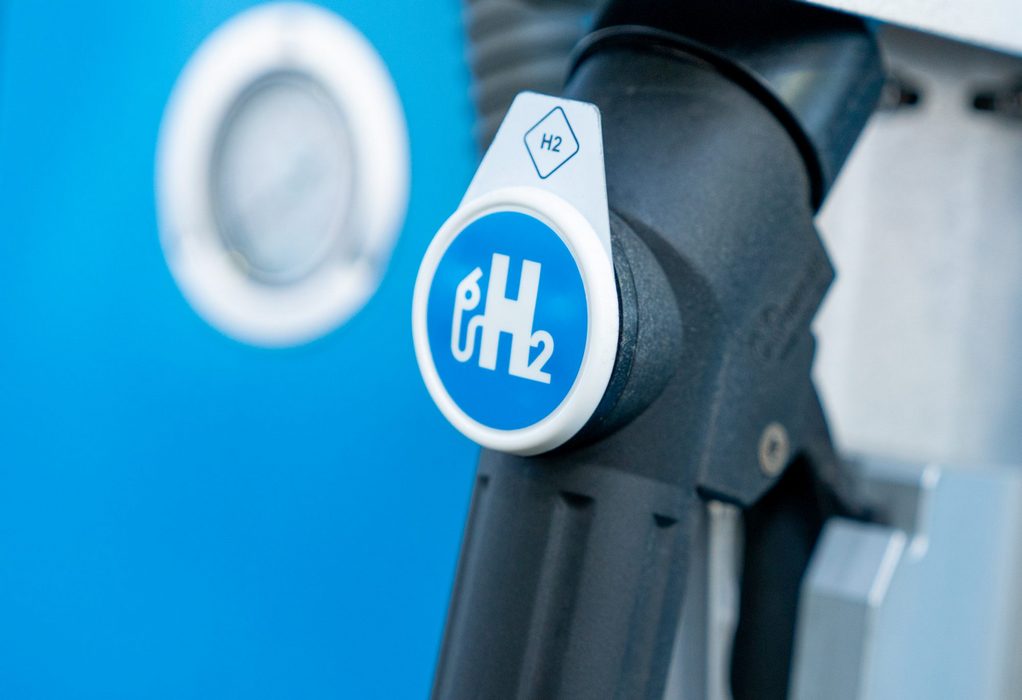Australian researchers have created a prototype electrolyser capable of harvesting water from the air and then splitting it to produce hydrogen gas for use as a green fuel. This device is powered by a solar panel and can operate effectively in extremely dry climates.
Hydrogen is widely hailed as a cleaner alternative to CO2-emitting fossil fuels. The idea of producing hydrogen by splitting water has been around for some time, with many groups currently focused on the most effective way to achieve this at scale. Typically, these devices depend on a supply of freshwater, but there has been growing interest in developing versions that can collect the water they need directly from the air. Electrolysers of this type could be used in arid climates to avoid green fuel manufacture competing with the supply of drinking water.
Gang and his colleagues’ prototype consists of five electrolysers stacked one above the other, with a solar panel at the top. Inside each electrolyser, there is a highly-porous glass foam soaked in sulfuric acid. The sulfuric acid performs two different roles in the device. Firstly, since it is highly hydroscopic, it can act like a sponge and absorb water from the atmosphere. Secondly, it acts as the electrolyte for the electrolysis process.
Electricity from the solar panel splits the water that has been collected into protons and hydroxide ions. The protons then move to the cathode, gain electrons and form hydrogen gas, while the hydroxide ions move to the anode, lose electrons and form oxygen gas. The oxygen is vented into the air and the hydrogen gas is collected and stored in a small tank.
The team demonstrated that their prototype operated effectively for 12 consecutive days, while in and around their Melbourne lab. They also showed that it worked well in a bone-dry environment (generated artificially in the lab) with a relative humidity of just 4%. For comparison, the average humidity in the central Australian desert that surrounds Ayers Rock is around 21%.
The researchers are currently working on how to scale up their technology to produce commercially viable volumes of hydrogen.
Tags: CO2 Emissions, Electrolyser, Fossil Fuels, Hydrogen



Recent Posts
Yinson GreenTech and RMS Marine Partner to Advance Marine Electrification in Singapore
Two Damen Combi Freighters Launched for Fast Lines Belgium in China
Viking Line Unveils Concept for World’s Largest Fully Electric Passenger-Car Ferry
Denmark and India collaborate to establish CoE in green shipping
World Shipping Council Marks World Ocean Day with $150 Billion Commitment to Decarbonisation
Chartered Speed expands its electric mobility footprint in Arunachal Pradesh
PSA International joins Global Centre For Maritime Decarbonisation as a strategic partner
MPA and NYK Group Advance Collaborative Efforts on Maritime Autonomous Surface Ship Trials